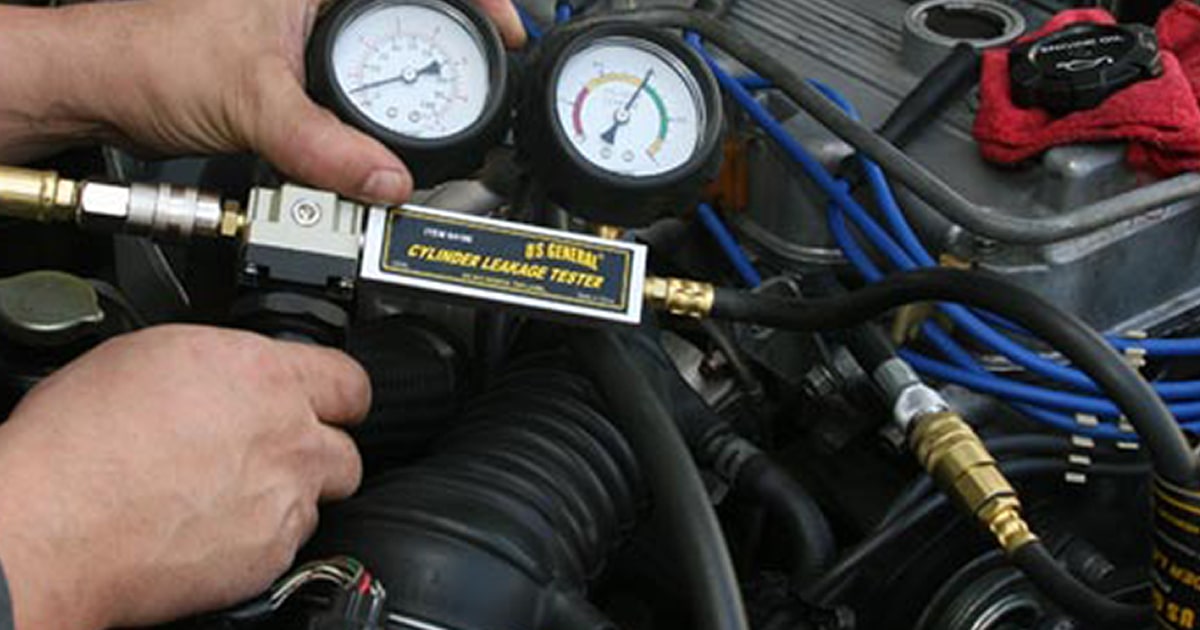Just came from this thread

 www.turbododge.com
where areskcar suggested checking the coolant level. So I did. I found that it was empty in the overflow and only half full in the radiator. I know it was full in the rad and overfull in the overflow as I did the water pump last summer. I don’t see any leaks and my oil fill cap looks like this
www.turbododge.com
where areskcar suggested checking the coolant level. So I did. I found that it was empty in the overflow and only half full in the radiator. I know it was full in the rad and overfull in the overflow as I did the water pump last summer. I don’t see any leaks and my oil fill cap looks like this
![Image]()
Which it did not last time I did an oil change. It is not rust. If feels spongy or chalky. But here’s where it gets interesting, after looking at the cap I expected to see a milkshake when I pulled my dip stick but it looked like this.
![Image]()
(I know it is dark, it is almost time to change it) The oil is normal in color and at the same level as it was when I last checked.
I pulled my plugs to see if any looks weird and to stick my camera on a stick into the cylinders to see if one was cleaner than the others. Of course the camera’s battery was dead so I don’t have those pictures but here are the plugs (top or left is #1)
![Image]()
![Image]()
I think it must be a slow leak but maybe I’m wrong. What do you think?
It is the original gasket and I know they are known to degrade over time.
If I do do it which gasket is the good one and do I need new head bolts?

Crazy weird cold start issue
Okay this is sooooo weird! My 1993 Voyager 2.5 with the 5 speed has been absolutely rock solid since my clamshell headgasket swap and oil flush & change, I've been beating the living shit out of it, flooring it on the empty highways, hauling the kid to and from school... I love how everything...
Which it did not last time I did an oil change. It is not rust. If feels spongy or chalky. But here’s where it gets interesting, after looking at the cap I expected to see a milkshake when I pulled my dip stick but it looked like this.
(I know it is dark, it is almost time to change it) The oil is normal in color and at the same level as it was when I last checked.
I pulled my plugs to see if any looks weird and to stick my camera on a stick into the cylinders to see if one was cleaner than the others. Of course the camera’s battery was dead so I don’t have those pictures but here are the plugs (top or left is #1)
I think it must be a slow leak but maybe I’m wrong. What do you think?
It is the original gasket and I know they are known to degrade over time.
If I do do it which gasket is the good one and do I need new head bolts?











